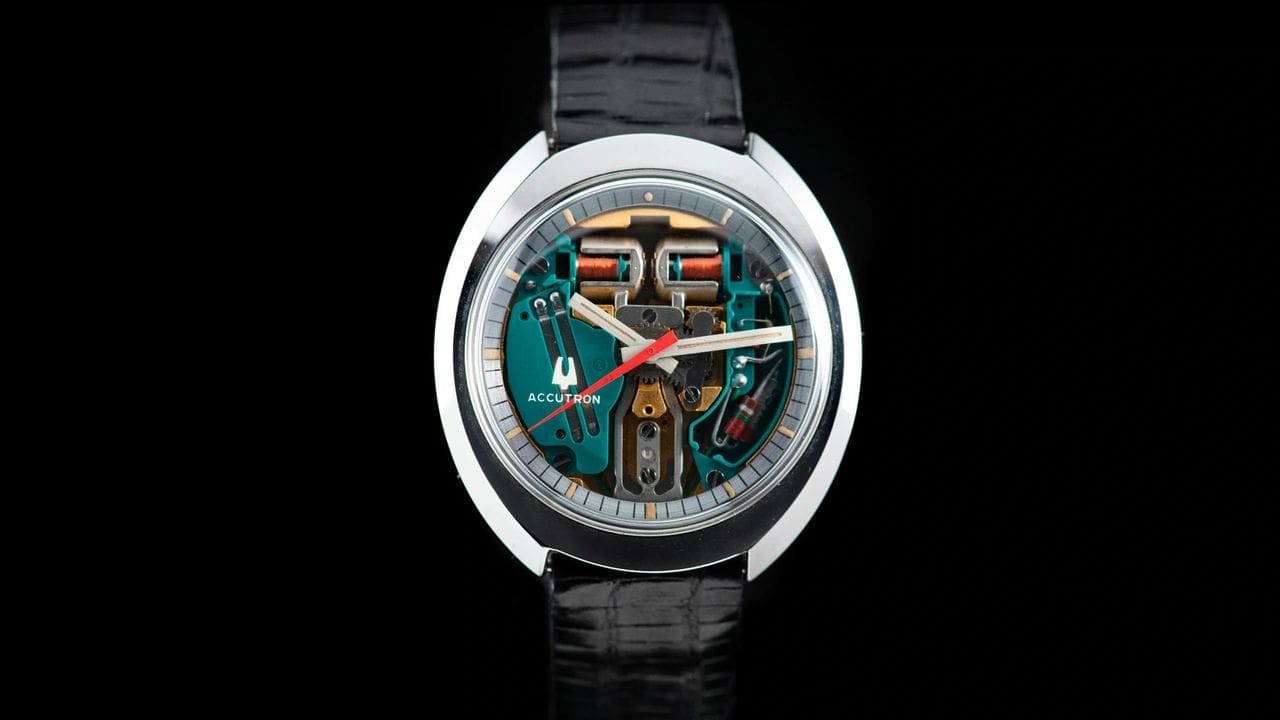
Architect Richard Rogers On Humanistic Design And The Accutron
Architect Richard Rogers On Humanistic Design And The Accutron Spaceview
One of the world’s most eminent architects talks about a watch he’s worn for 44 years – and it’s an Accutron.
Richard Rogers is one of the world’s best known architects, and is behind some of the world’s best known, and occasionally most controversial, buildings. Perhaps his most notorious is the Centre Pompidou (a collaboration with Italian architect Renzo Piano), which is located in Paris in the 4th arrondissement. The 4th arrondissement houses some of the most revered traditionally designed buildings in Paris, including Notre-Dame de Paris as well as the Renaissance-era Paris Hôtel de Ville (City Hall), and the radically, unapologetically different, high-tech open design of the Centre Pompidou excited a storm of debate when it first opened to the public in 1977 – most notable was its “inside-out” design, with all the ducts, plumbing, and electrical conduits, which are usually carefully hidden from the eye, exposed on the exterior of the building.
In the case of the Centre Pompidou, however, familiarity has bred not contempt, but admiration (although it is still definitely not everyone’s cup of tea). In 1980, National Geographic described the building as “love at second sight,” and in 2007, Rogers won the prestigious Pritzker Architecture Prize for his design.
In a fascinating video produced by Rogers’ firm (Rogers Stirk Harbour + Partners) Rogers discusses a remarkable timepiece – a Bulova Accutron Spaceview tuning fork watch, which was a gift from his mother and which he has been wearing for 44 years. Rogers says in part, “I have a very beautiful watch from my mother … it wears its machine on the outside … in a way it encapsulates what I do.”
The video strikes a wonderfully contemplative note, and it gently encourages us to consider how important it is that design – any design, not just architecture – take into account the human physical scale, and human needs, with the Accutron Spaceview as inspiration. Certainly, it’s one of the most thoughtful takes on watch design and its connection to larger social and human considerations that we’ve seen.
There is actually a prequel to this story. About a decade before Rogers was given his Spaceview by his mother, both he and England’s other greatest living architect, Norman Foster came to the US and enrolled in the design studio offered by England’s greatest living architect at the time, James Stirling, who would go on to receive the Pritzker Prize himself.
As it happened, Stirling had an Accutron Spaceview himself, which he wore for nearly 30 years until his untimely death. According to Craig Hodgetts, one of his former students and employees, Stirling saw a student wearing a Spaceview and exclaimed, “buildings should be designed like that!” Then he set out to look for one at a New Haven jewelery shop. That very night. After dark. Window shopping with a flashlight. Quite nearly got himself thrown in jail. In any case, he returned to the store during business hours the next day and purchased his very own Accutron, which was a first generation Spaceview with straight lugs like the one in the video.
Tags: